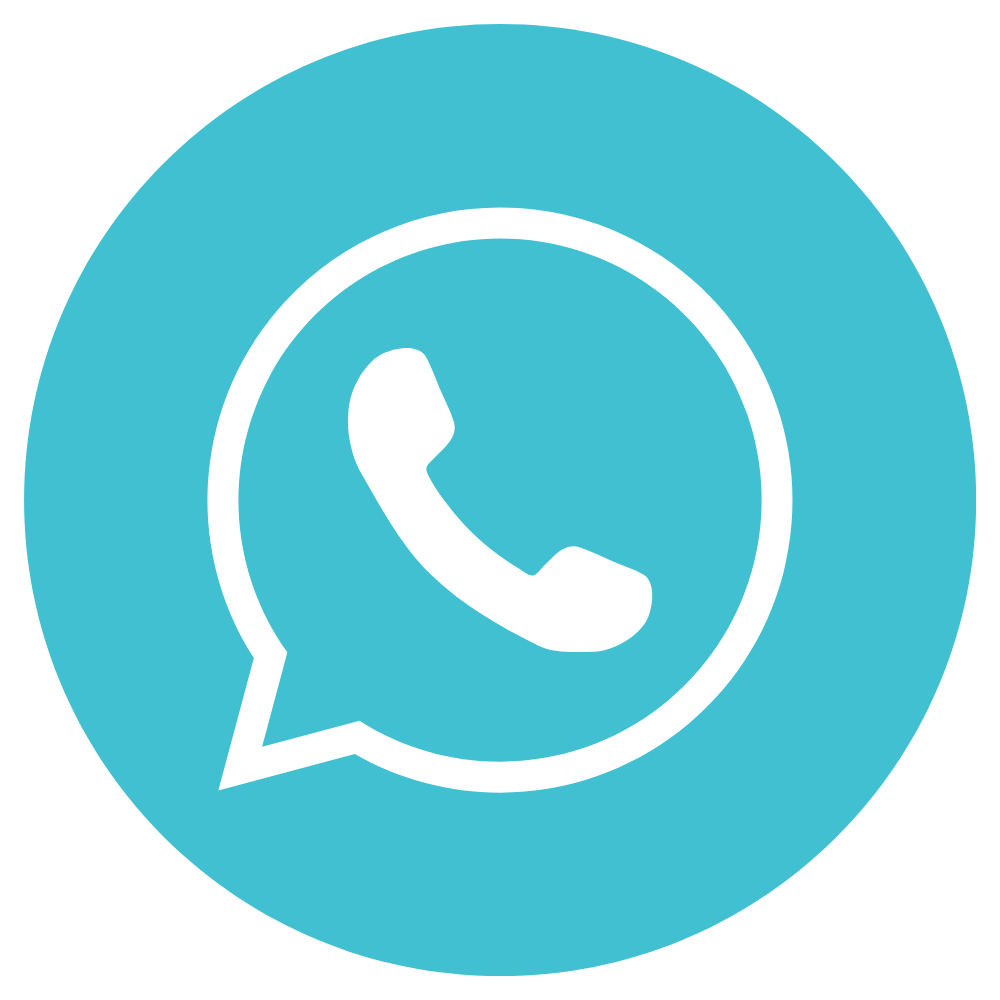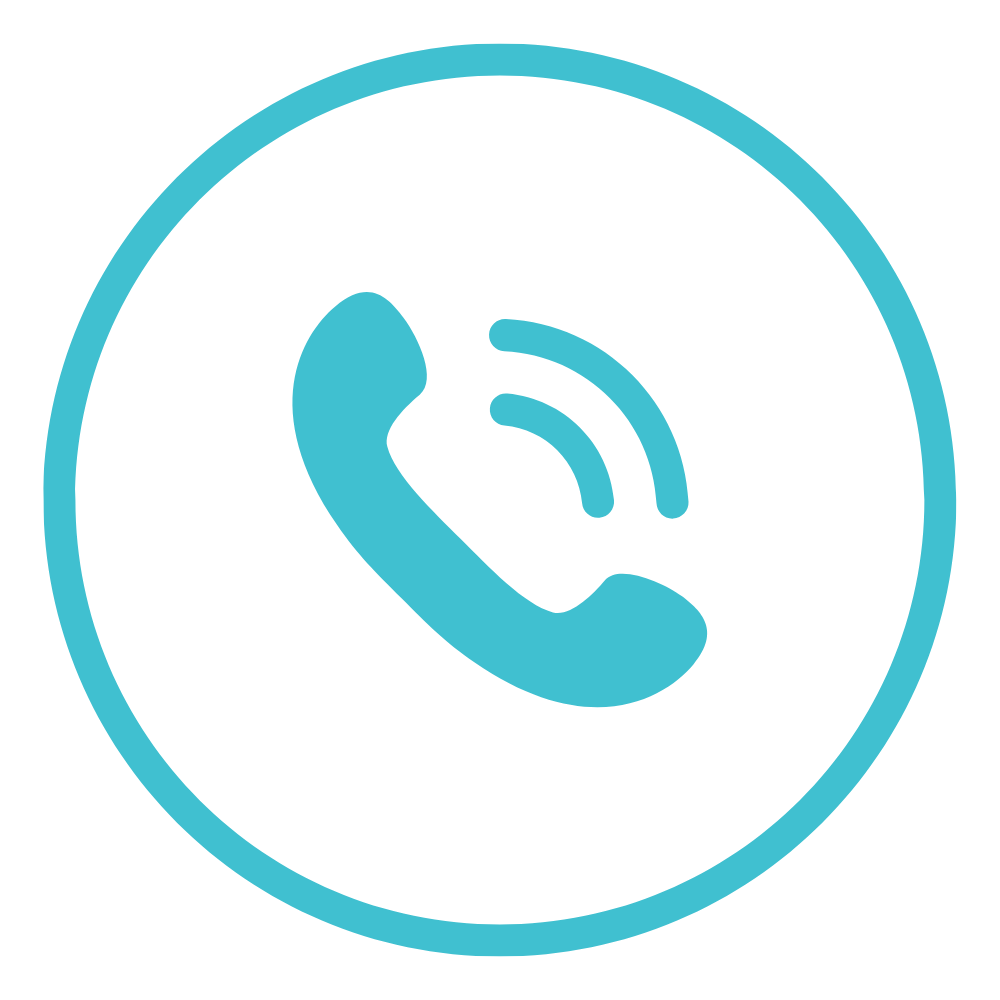
Digital vs Traditional Dentistry: What Patients in Mumbai Need to Know
Think about a dental office where you don’t have to go through messy impressions, inconvenient wait times while your case is sent to a lab and uncertainty about your dental implant treatment plan. This is the power of digital dentistry—a contemporary, cutting-edge path that’s revolutionizing the way treatment is provided.
Though traditional techniques are still used in many clinical practices, digital dentistry is rapidly gaining popularity through its accelerated speed, precision, and comfort. So how does it really hold up, these two approaches? We discuss the key differences between digital and traditional dentistry in this blog and help you to decide which route offers the experience you're seeking for your smile.
What is Digital Dentistry?
Digital dentistry that uses the most cutting-edge of digital techniques. This refers to tools such as intraoral scanners, CAD/CAM (Computer-Aided Design and Manufacturing) systems, 3D imaging, as well as digital diagnostic tools. These developments result in speedier and more accurate diagnoses, painless examinations and better healing.
To sum it up, the experience of dentistry has been brought into the modern world through digital dentistry—less discomfort, less time, and significantly more predictable results.
What is Traditional Dentistry?

Conventional dentistry uses more old-fashioned techniques that have been around for generations. That means physical impressions with alginate; restorations made in offsite laboratories; paper records on patients. Initial diagnoses are made with 2D film X-rays, and treatments often require multiple visits because of the lengthened turnaround time.
Traditional methods that have been around for decades are certainly practical and still deliver results, but the results are less accurate, more time-consuming, and uncomfortable to the patient—especially compared to those of a digital method. That being said, there are still plenty of dentists who have no problem implementing traditional methods, particularly in lower tech practices.
Digital vs. Traditional Dental Impressions

One of the clearest distinctions between traditional and digital dentistry is the method by which we take dental impressions—a critical part in the production of crowns, bridges, aligners, and other restorations.
Digital Impressions:
Digital impressions are generated after in-office intraoral scans record detailed, 3D images of your teeth and gums. It is a fast, clean and very accurate process. Rather than biting into a tray of impression material, the scanner just glides over your teeth, forming an instant digital model on a screen. These impressions can be immediately e-mailed to a dental laboratory or in-office CAD/CAM system for a speedier turnaround time and better-fitting restorations.
Traditional Impressions:
For traditional impressions, we must bite down into a tray full of thick, goopy alginate or polyvinyl siloxane. While in the mouth, the material needs to harden for a few minutes, a process that can be unpleasant to some patients, especially if they have a strong gag reflex or dentist anxiety. These impressions are then physically taken to a lab where they are made, a process that can add days if not weeks to the treatment schedule.
In Summary:
Digital impressions provide a quicker, less messy, and more comfortable process compared to conventional molds while delivering greater precision and less potential for error.
Key Differences Between Digital and Traditional Dentistry
| Feature | Digital Dentistry | Traditional Dentistry |
|---|---|---|
| Impressions | Intraoral Scanners (3D models) | Alginate/Polyvinyl Siloxane (physical molds) |
| Crown Fabrication | CAD/CAM Milling (same-day crowns) | Dental Lab Fabrication (multiple appointments) |
| Record Keeping | Cloud-based Digital Records | Paper Charts |
| Imaging | 3D CBCT, Digital X-rays | 2D Film X-rays |
| Patient Comfort | Non-invasive, Comfortable | Often Uncomfortable (gag reflex) |
| Turnaround Time | Fast (same-day or 1–2 days) | Slow (lab-dependent) |
Core Attributes: How They Compare
| Attribute | Digital Dentistry | Traditional Dentistry |
|---|---|---|
| Workflow | Fully Digital | Manual, Lab-Based |
| Comfort | High | Moderate to Low |
| Accuracy | Excellent (0.01 mm) | Variable (human error) |
| Speed | Same-day Possible | 3–7 Days Typical |
| Records | Digital & Cloud-Backed | Paper Charts |
Which Method is Right for You?

Choosing between digital or traditional dentistry, there is no right answer. Your situation, comfort level, and goals will dictate which the best choice is for you.
To maximize your chances of greater accuracy, faster results, and overall comfort. Generally, digital dentistry is the better choice for same-day crowns, digital smile design, dental implants, and aligners; and typically provide more accuracy and efficiency, and can serve to reduce the amount of visits for treatment, and improve outcomes overall.
Nevertheless, there will still be a place for traditional dentistry. For patients with simpler dental requirements, and for patients that are more comfortable with conventional approaches, conventional dentistry will often still provide practical and accurate results.
At Radiant Smiles Dental Clinic, we want to offer our clients the two best worlds. Our team has been trained to effectively combine modern digital technology in dentistry with our trusted conventional methods, so you can decide which option you would like to use to have your dental treatments delivered. Whether you would like your dental treatment patient managed digitally or conventional, we will ensure that the experience is easy, personal, and comfortable, based on our clients in Mumbai, who can now have same day crowns through digital dentistry.
Conclusion
The days of messy impressions, lengthy waits, and "one-size-fits-all" treatments are over. Digital dentistry has made it possible for your dental experience to be faster, easier, and much more accurate, whether that be designing a crown in a single visit or getting to see a clear, live look at your oral-health; digital tools are changing how care is provided, and how the patient feels about the dentist.
Radiant Smiles Dental Clinic - Chembur, Mumbai offers traditional and advanced digital treatment approaches. By merging advanced digital technology with our regular generalist practice of dentistry, we promise every treatment provided is effective and also comfortable and consists of a robust plan tailored to you.
Want to experience the future of dentistry today? Book an appointment with Radiant Smiles Dental Clinic and see how digital dental methods can enhance your smile.
FAQs about Digital Dentistry vs Traditional Dentistry
1. What is the difference between digital and traditional dentistry?
The primary difference between digital dentistry and traditional dentistry is really the instruments and technology used: digital dentistry uses advanced instruments such as 3D scanners and CAD/CAM and traditional dentistry tends to use materials such as physical molds, hand instruments, and paper records.
2. How do digital dental impressions compare to traditional impressions?
Digital vs traditional dental impressions: Digital impressions involve intraoral scanners and create 3D models of the teeth. The scanning process is much less messy and uncomfortable than traditional impressions. Traditional impressions involve an uncomfortable process that uses materials such as alginate that can sometimes inspire feelings of discomfort, especially for patients who struggle with a gag reflex.
3. Are digital dental impressions more accurate than traditional impressions?
Absolutely, digital impressions have a higher degree of accuracy than traditional technology. Like with any technology, many of the problems associated with the human element are removed with digital technology. One of those human element issues is distortion. Since restorations fit precisely, there is less margin for error to correct when delivering restorations.
4. Is digital dentistry safe and reliable?
For sure, the safety of the patient as well as the dependability of digital dentistry is outstanding. Digital dentistry decreases the likelihood of human error and increases predictability of treatment outcomes with the use of new digital diagnostic technology and treatment-planning software.
5. Can I get a crown in one day with digital dentistry?
Sure, with digital dentistry you can often receive a crown in a single visit. When CAD/CAM is used for same day crowns, it means that digital impressions, design and milling are all completed in one visit.
6. Where can I experience digital dentistry in Mumbai?
At Radiant Smiles in Chembur, Mumbai, we offer state-of-the-art digital dental care including same-day crowns, 3D scans, and CAD/CAM restorations.

